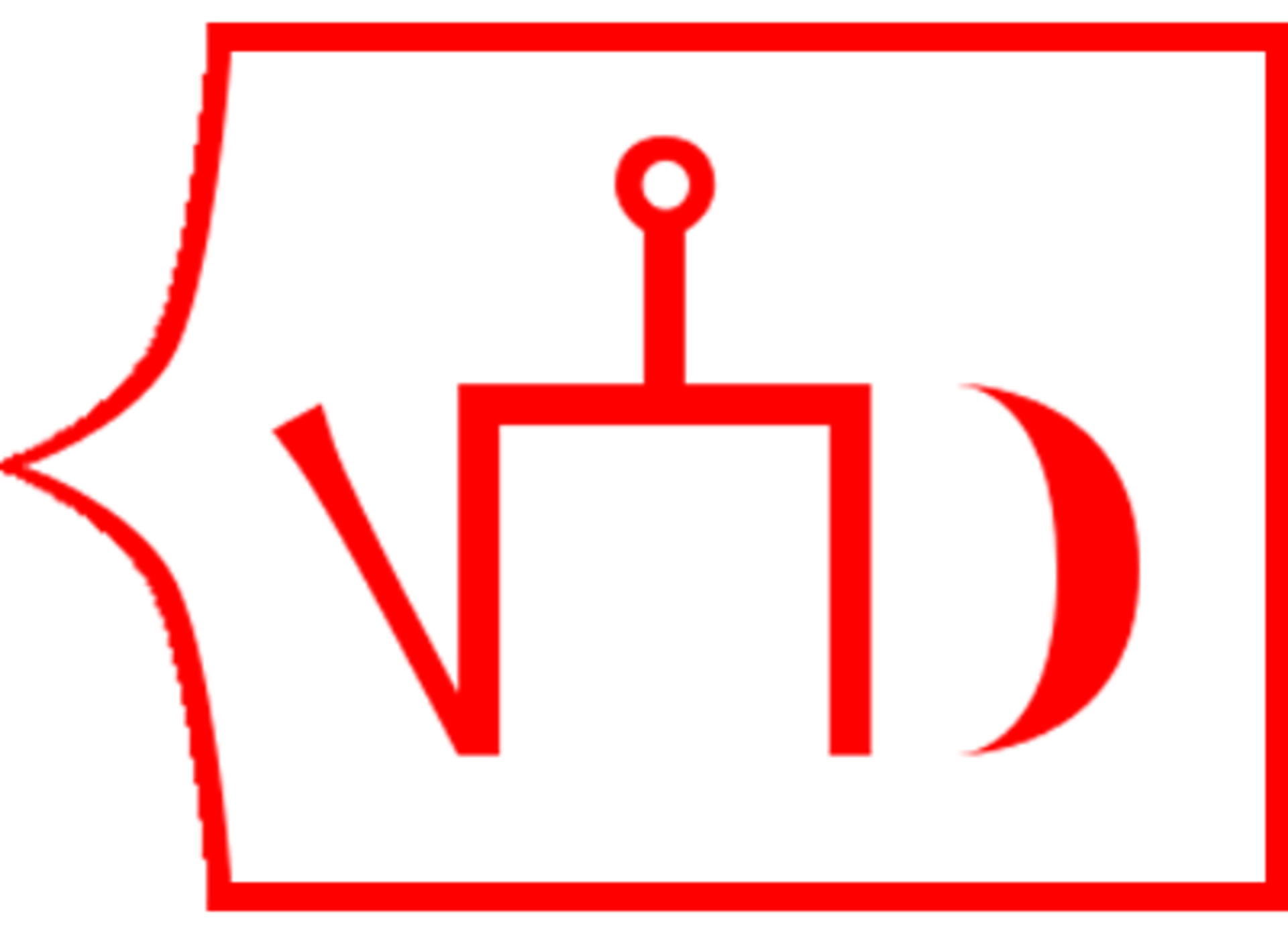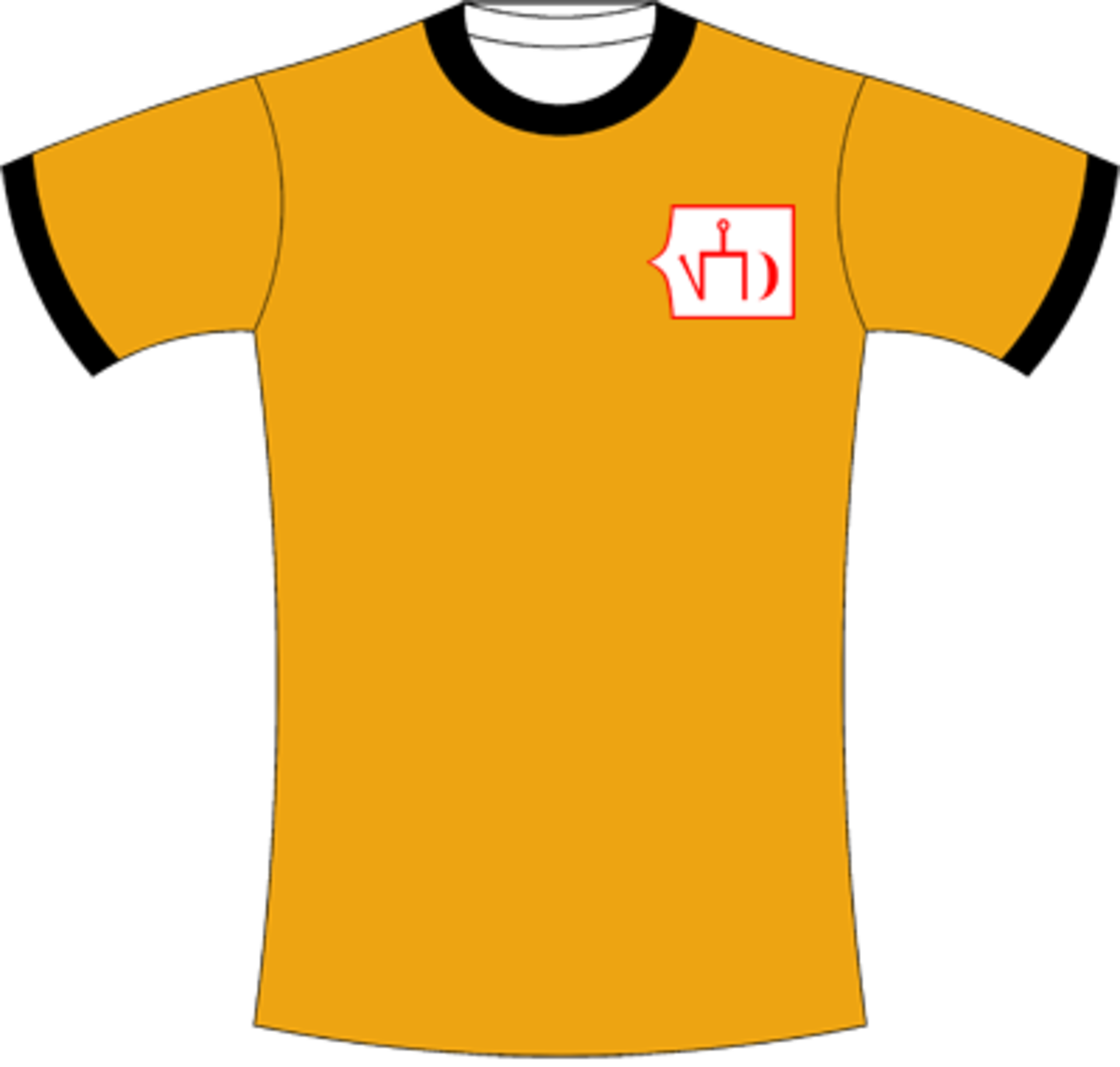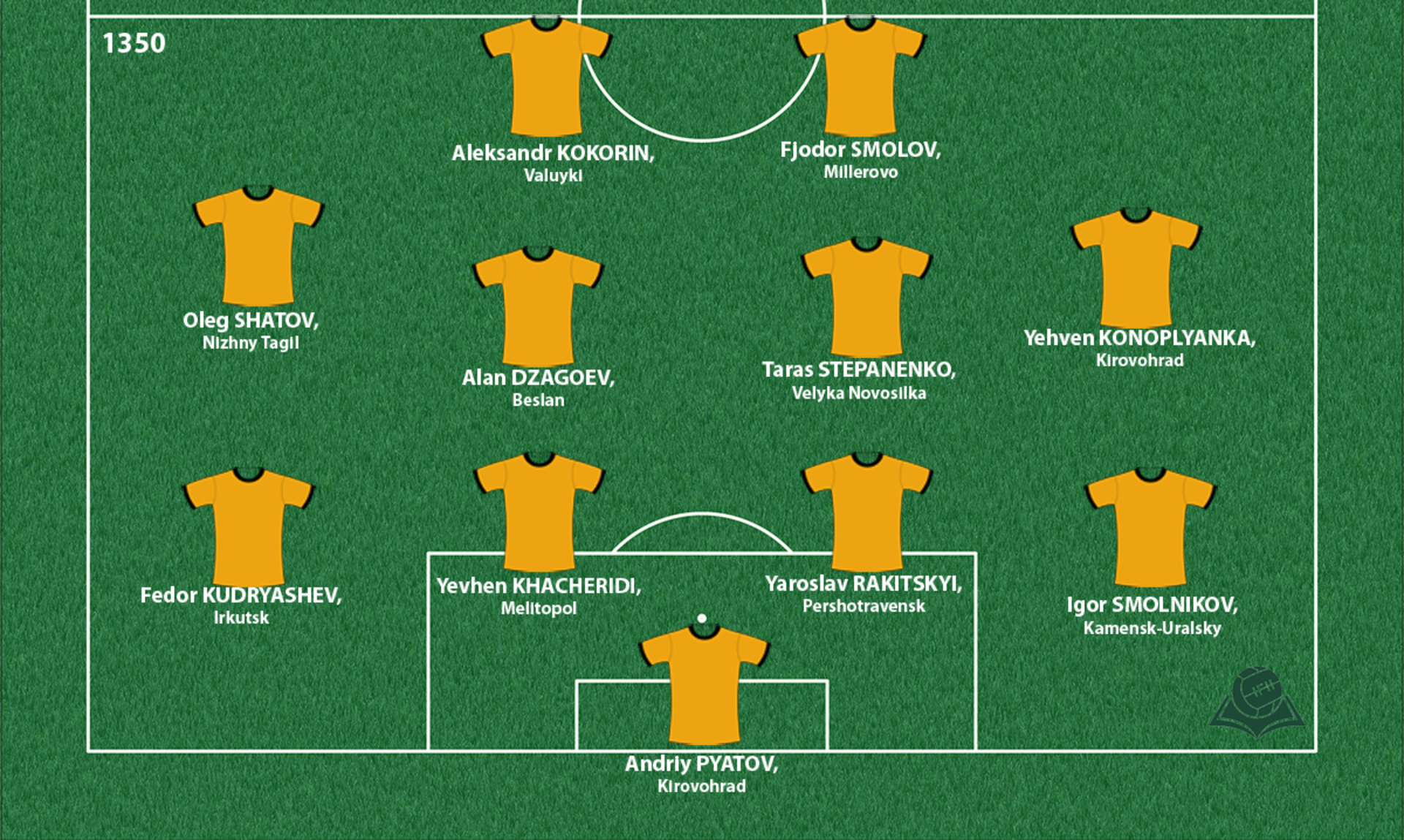The Golden Horde
Golden Horde (or Ulus Juchi) was a medieval Mongol state founded on the wide area of middle Asia and eastern Europe. With the fragmentation of the Mongol Empire after the mid-13th century it became a functionally separate khanate.

Coat of arms

Shirt
| Position | First name | Last name | Mjesto rođenja | Like | Dislike | |
|---|---|---|---|---|---|---|
| GK | Andriy | PYATOV | Kirovohrad |
3 |
2 |
|
| GK | Maksym | KOVAL | Zaporizhy |
0 |
0 |
|
| GK | Stanislav | KRITSYUK | Tollyatti |
0 |
0 |
|
| DC | Ilya | KUTEPOV | Stavropol |
0 |
0 |
|
| DC | Ivan | ORDETS | Volnovakha |
0 |
0 |
|
| DC | Yevhen | KHACHERIDI | Melitopol |
1 |
0 |
|
| DLC | Yaroslav | RAKITSKY | Pershotravensk |
5 |
0 |
|
| DRL | Bogdan | BUTKO | Kostyantynivka |
0 |
0 |
|
| DRL/DMC | Roman | SHISHKIN | Voronezh |
0 |
0 |
|
| DRL/MR | Igor | SMOLNIKOV | Kamensk-Uralsky |
4 |
1 |
|
| DLC/ML | Fedor | KUDRYASHOV | Irkutsk |
4 |
0 |
|
| DLC/ML | Mykola | MATVIENKO | Saky |
0 |
0 |
|
| DL/ML | Eduard | SOBOL | Vilnyansk |
0 |
0 |
|
| DL/ML | Emir | NABIULLIN | Kazan |
0 |
0 |
|
| DC/DMC | Roman | NEUSTADTER | Dnipropetrovsk |
2 |
1 |
|
| DMC | Sergij | RYBALKA | Yamne |
0 |
0 |
|
| DMC | Taras | STEPANENKO | Velyka Novosilka |
3 |
1 |
|
| MC | Aleksey | MIRANCHUK | Slavyansk-na-Kubani |
4 |
1 |
|
| MC | Denis | GLUSHAKOV | Millerovo |
1 |
2 |
|
| MC | Evgen | SHAKHOV | Dnipropetrovsk |
0 |
0 |
|
| MC | Roman | ZOBNIN | Irkutsk |
0 |
0 |
|
| MC | Sergiy | SYDORCHUK | Zaporizhya |
2 |
0 |
|
| MRLC | Oleg | SHATOV | Nizhny Tagil |
2 |
2 |
|
| AMC | Alan | DZAGOEV | Beslan |
3 |
0 |
|
| AMRLC | Viktor | KOVALENKO | Kherson |
3 |
0 |
|
| AMRL | Yehven | KONOPLYANKA | Kirovohrad |
5 |
0 |
|
| AMRL/FC | Makim | KANUNNIKOV | Nizhniy Tagil |
0 |
0 |
|
| FRLC | Dmitri | POLOZ | Stavropol |
2 |
0 |
|
| FRLC | Fyodor | SMOLOV | Saratov |
4 |
1 |
|
| FC | Artem | KRAVETS | Dniprodzerzhynsk |
0 |
0 |
|
| FC/SS | Aleksandr | KOKORIN | Valuyki |
3 |
0 |
|
| FC/SS | Yevhen | SELEZNYOV | Makiivka |
0 |
0 |
Today part of : central and southeastern Ukraine, south Russia, Kazakhstan, Kyrgystan, Tajikistan, Turkmenistan nad Uzbekistan.
After they had already raided Kievan Rus in mid-13th century, the vast Tatar Khanate centered around the southern Volga River, including Kazakhstan, a large part of the Siberian Plain, the Ural Region and the territories north of the Caspian and Black Seas, started to exhibit tendencies for seceding from the unified Mongol Empire, and establishing their own state, known as the Golden Horde. Also called the Ulus Jochi, after the eldest son of Genghis Khan. The process of seceding from the Mongol world was also apparent from the Khan’s turning to Islam. Incidentally, the meaning of term “Tatar” will change over the centuries. In the 13th century that name was used only for the ruling Turkic-Mongol class in the lands controlled by the Golden Horde, and later, during the dissolution of Tatar Khanates, the name will start to be used for the wider populace.
The Tatars allowed the autonomous functioning of the “Rus” society, especially the Orthodox Church which had, at that time, finished with the Christianization of the Rural areas, and the princes had to go to the Khan for a written confirmation of their own noble status, and report on their and their subject’s doings. The Tatars were mostly interested in the financial exploitation of the princes, and they snuffed out potential rebellions, as well as intervened in the cases of conflict between the princes if they would pose a threat to their interests. At the beginning of the 14th century the Khan recognized the hereditary title of the “Grand Prince” to the Prince of Moscow and his heirs, which he had literally taken away from Kiev, together with the right to collect taxes for the Golden Horde in all Rus principalities with the help of their intermediaries. The Golden Horde will dissolve in the 15th century, but its remnants, primarily the Crimean Tatars living between the Volga River and the Black Sea, will endure all the way to the 18th century, thanks to the support from the Ottomans whose, more or less, obedient vassals they were.
Sources
- Fernard BRAUDEL, Civilizacije kroz povijest, Zagreb, 1990.
- Grupa autora, Povijest: Razvijeni srednji vijek , knjiga VII., Zagreb 2008.
- Grupa autora, Povijest: Humanizam i renesansa, doba otkrića, knjiga VIII., Zagreb 2008.
- ''Tatari'', http://www.enciklopedija.hr/Natuknica.aspx?ID=60521
- Golden Horde, https://www.britannica.com/place/Golden-Horde
- Golden Horde, https://en.wikipedia.org/wiki/Golden_Horde
